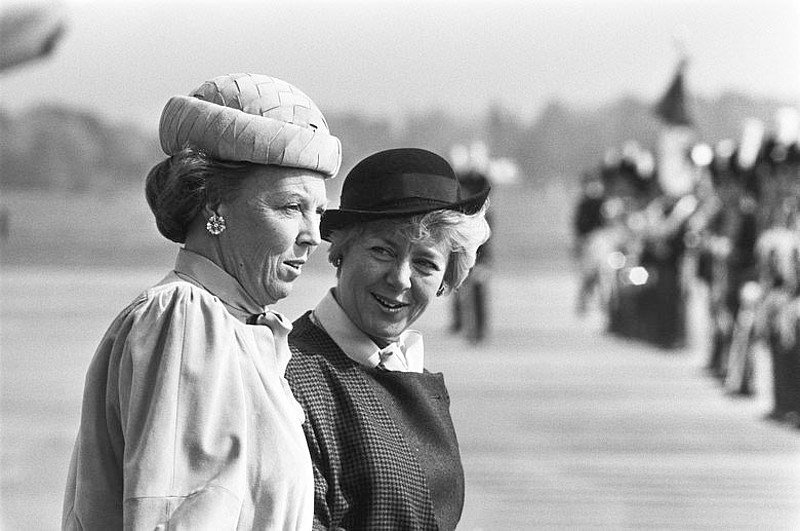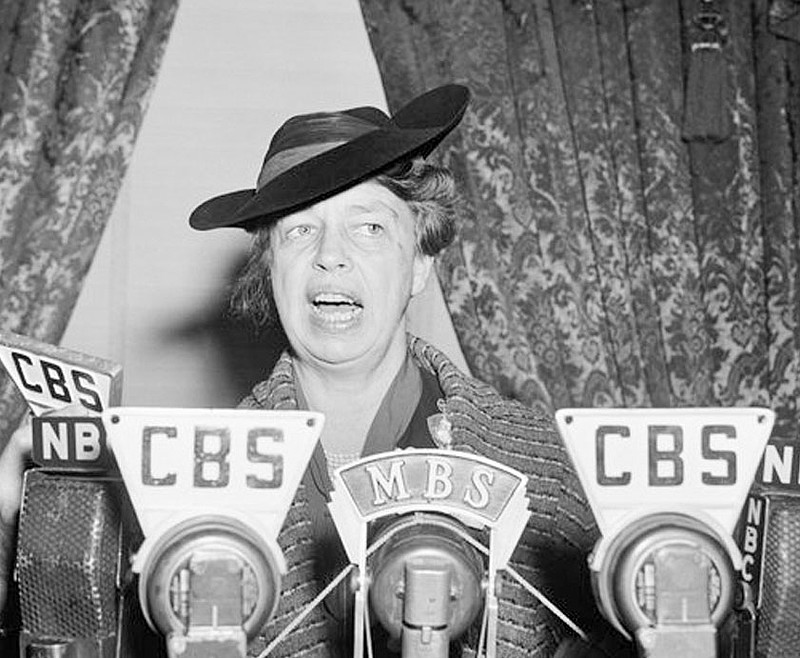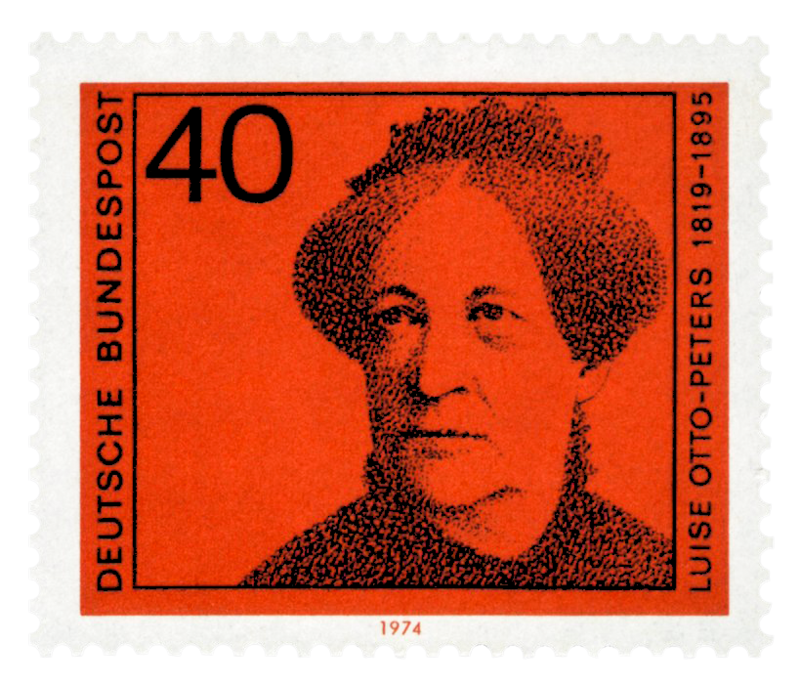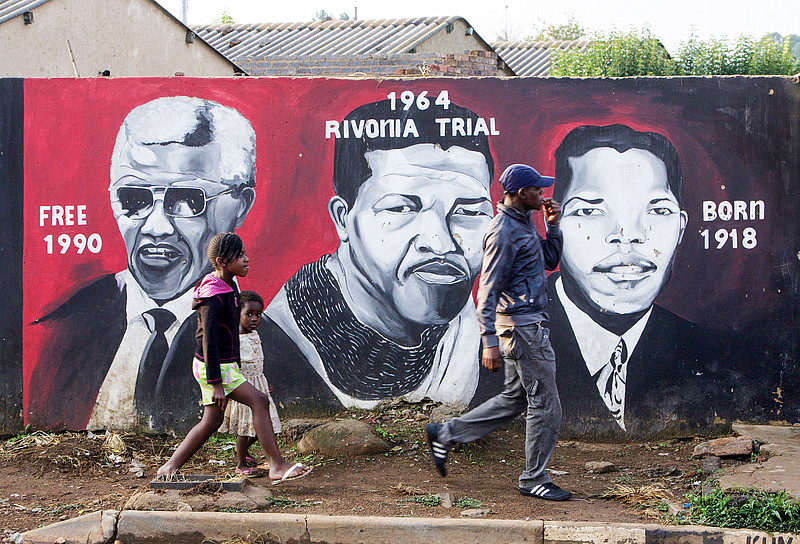SOCIETY & POLITICS Equality remains a still-distant goal, widely called for across politics and society. Yet dedicated pioneers have repeatedly won milestone victories in the past, both historically and more recently.

Redefining Iceland’s image: Vigdís Finnbogadóttir (right), seen here on a 1985 state visit to the Netherlands with Queen Beatrix
VIGDÍS FINNBOGADÓTTIR
Leave it to a woman!
A woman, divorced, with an adopted daughter, took on three high-profile male rivals – and won. After becoming the world’s first democratically elected female head of state in 1980, the new president of Iceland expressed her admiration for the population’s bold move in electing a woman.
Women in Iceland had already held a protest against the patriarchy in 1975; their one-day strike that year laid the foundations for Vigdís Finnbogadóttir’s bid for presidency. What appears so natural today was evidently a matter of vehement debate prior to her election. The lack of a husband by the side of the new presidential hopeful was a persistent theme––but not for Finnbogadóttir herself, who announced that she should be elected because she was a person and that voting for a woman should be every bit as normal as voting for a man. Her narrow yet historic victory in 1980 was followed by three further terms up to 1996. Vigdis, as she is familiarly known to all Icelanders, is still regarded today as an outstanding ambassador for her small country.
ELEANOR ROOSEVELT
The First Lady of human rights
Shy young Eleanor Roosevelt would embark on a long journey before becoming the most famous and influential woman in the world. She strode this path with assurance, while also transforming the role of the First Lady at the White House.
Eleanor Roosevelt was always famous for going one step further. As early as 1932, when her husband, Franklin D. Roosevelt, was inaugurated as US President, her role had already far outstripped that of First Lady by his side. Two days after the inauguration she held the first press conference in what would become a weekly series to which only women reporters were admitted. As a consequence, every newspaper was forced to employ at least one female reporter. Such actions were characteristic of Roosevelt. Before her husband became President he contracted polio; so she traveled the country in his place, speaking at party conventions and ensuring the name of Roosevelt was kept in the spotlight. She had been introduced to details of the political system and ways of working by a close family advisor, an unusual step in those times but one which furnished extremely useful knowledge, both for the role she would play as her country’s strong First Lady and beyond. After her husband’s death, Roosevelt – then 62 – was appointed official US delegate to the newly founded United Nations by incoming President Harry S. Truman. Convinced of the organization’s vital role, she chaired the Human Rights Commission and was one of the authors of the Universal Declaration of Human Rights, officially adopted in 1948. The “First Lady of the World” remained one of the staunchest defenders of the Declaration until her death in 1962.

First Lady of distinction: Eleanor Roosevelt during a radio broadcast in Washington DC, around 1939
LOUISE OTTO-PETERS
The power of the pen against women’s inequality
Louise Otto was born in 1819, in an era far from any idea of women’s suffrage. Although from a good family and financially independent, she had greater ambitions. Through the power of her writing, she became a leading protagonist of the 1848 revolution and the initiator of the organized women’s movement in Germany.
As was customary for 19th-century girls, higher education was closed to Louise Otto despite her thirst for knowledge. The lawyer’s daughter from Meissen, Germany, was undeterred and embarked on a lifetime of self-education. Deciding to aim for a career, she quickly put her plans into action and became an author and critical contemporary observer. Louise Otto immersed herself in politics at an early stage. She harnessed the public attention gained by her novels on working-class poverty to promote the cause of women’s rights. After the 1848 Revolution she launched her own women’s newspaper under the rallying-cry – considered outrageous at the time – that “women’s participation in the interests of the state is not merely a right: it is a duty.” The newspaper was quickly denounced as revolutionary and was banned. However, Louise Otto––later Otto-Peters––never lost sight of her political goals, even during the period of reaction in the aftermath of the revolution; a few years later she founded the Leipzig Women’s Educational Association, paving the way for the organized women’s movement in Germany.
NELSON MANDELA
The great reconciler
The freedom fighter was already acclaimed during his lifetime as a true giant of history and a statesman conveying a special message of tolerance. Despite decades of imprisonment, this charismatic figure played a major role in peacefully ending apartheid.
The South Africans had a name for the almost mystical fascination exuded by Mandela; they called it "Madiba Magic" in reference to his clan honorific. But in 1918, when Rolihlahla “Nelson” Mandela was born in the South African state of Transkei, the country was very far from magical. After colonialization by the British and Dutch, the state’s majority black population was ruled over by a minority of white settlers. Racial discrimination spread with the foundation of the South African Union in 1910 and was established in law in 1948 upon the introduction of the apartheid regime. In 1944 Nelson Mandela, then a 26-year-old lawyer, joined the African National Congress (ANC) and began to champion the rights of the black population. As Mandela had originally supported militant action against apartheid, he was condemned to life imprisonment in 1964. Over the next 26 years he grew in status to become an icon and reconciler, heralding the end of the apartheid regime; in 1990, newly released from prison, he held a series of dramatic meetings negotiating a bloodless transfer of power from the white minority to the black majority. A mere four years later, Mandela was elected the first black president of his country in free and democratic elections, gaining an overwhelming majority.





